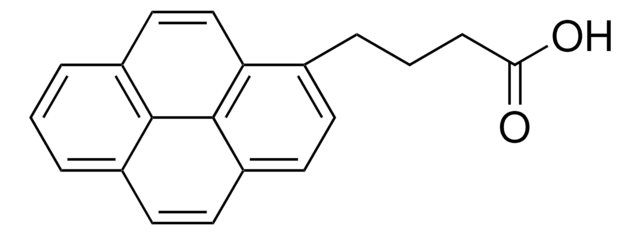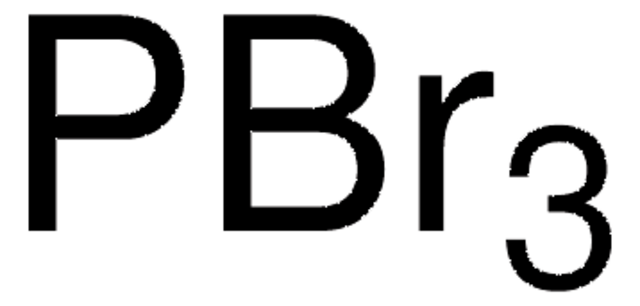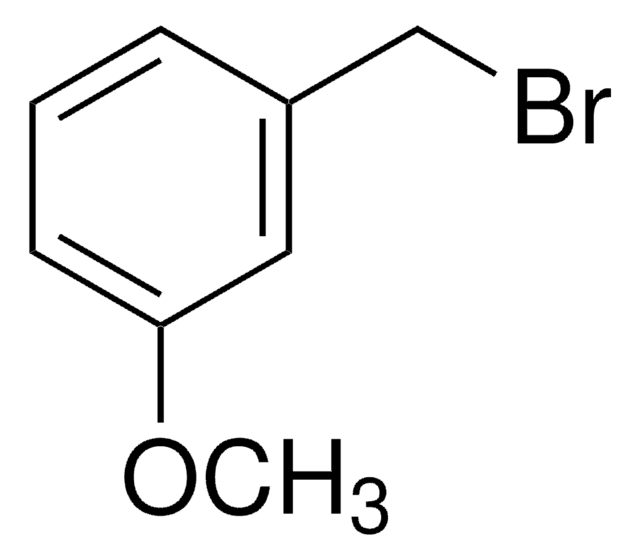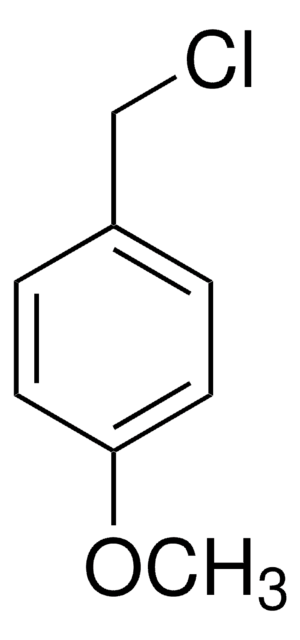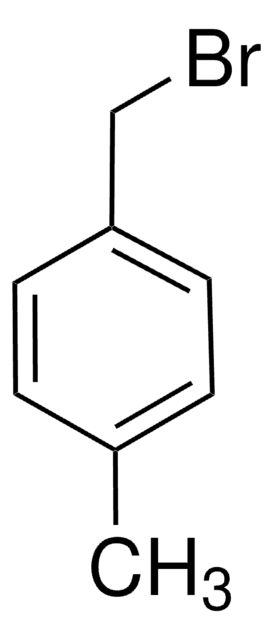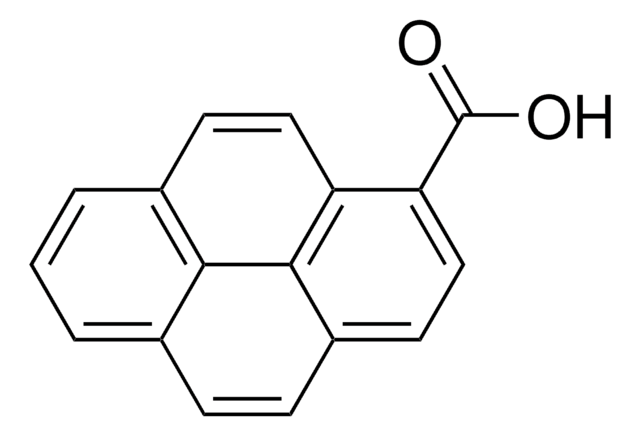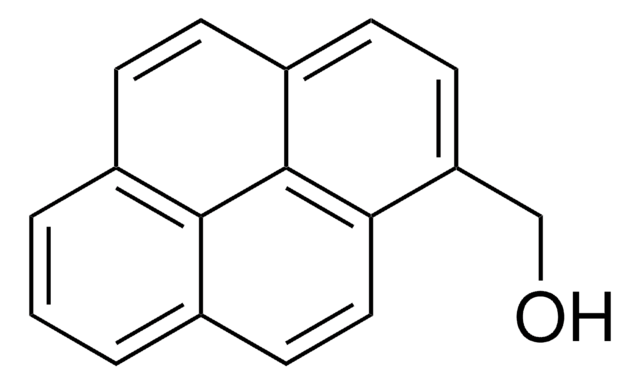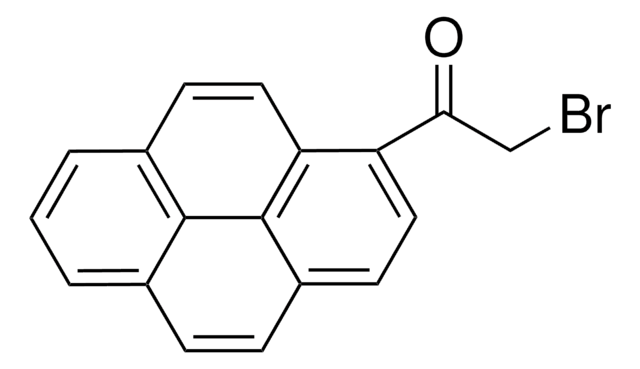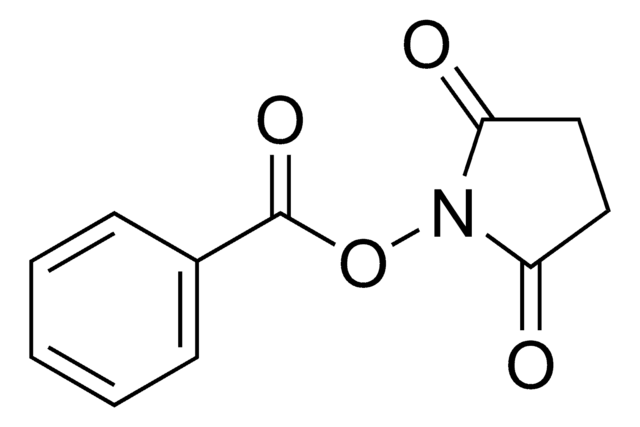Kluczowe dokumenty
457078
1-Pyrenebutyric acid N-hydroxysuccinimide ester
95%
Synonim(y):
N-Hydroxysuccinimidyl Pyrenebutanoate; 2,5-Dioxopyrrolidin-1-yl 4-(pyren-1-yl)butanoate
About This Item
Polecane produkty
Poziom jakości
Próba
95%
Formularz
powder, crystals or chunks
skład
Carbon: 70.7-78.9%
metody
titration: suitable
kolor
faint beige
mp
132-136 °C (lit.)
Zastosowanie
diagnostic assay manufacturing
hematology
histology
temp. przechowywania
room temp
ciąg SMILES
O=C(CCCc1ccc2ccc3cccc4ccc1c2c34)ON5C(=O)CCC5=O
InChI
1S/C24H19NO4/c26-20-13-14-21(27)25(20)29-22(28)6-2-3-15-7-8-18-10-9-16-4-1-5-17-11-12-19(15)24(18)23(16)17/h1,4-5,7-12H,2-3,6,13-14H2
Klucz InChI
YBNMDCCMCLUHBL-UHFFFAOYSA-N
Opis ogólny
Zastosowanie
Inne uwagi
Hasło ostrzegawcze
Warning
Zwroty wskazujące rodzaj zagrożenia
Zwroty wskazujące środki ostrożności
Klasyfikacja zagrożeń
Eye Irrit. 2 - Skin Irrit. 2 - STOT SE 3
Organy docelowe
Respiratory system
Kod klasy składowania
11 - Combustible Solids
Klasa zagrożenia wodnego (WGK)
WGK 3
Temperatura zapłonu (°F)
Not applicable
Temperatura zapłonu (°C)
Not applicable
Środki ochrony indywidualnej
dust mask type N95 (US), Eyeshields, Gloves
Wybierz jedną z najnowszych wersji:
Masz już ten produkt?
Dokumenty związane z niedawno zakupionymi produktami zostały zamieszczone w Bibliotece dokumentów.
Klienci oglądali również te produkty
Nasz zespół naukowców ma doświadczenie we wszystkich obszarach badań, w tym w naukach przyrodniczych, materiałoznawstwie, syntezie chemicznej, chromatografii, analityce i wielu innych dziedzinach.
Skontaktuj się z zespołem ds. pomocy technicznej